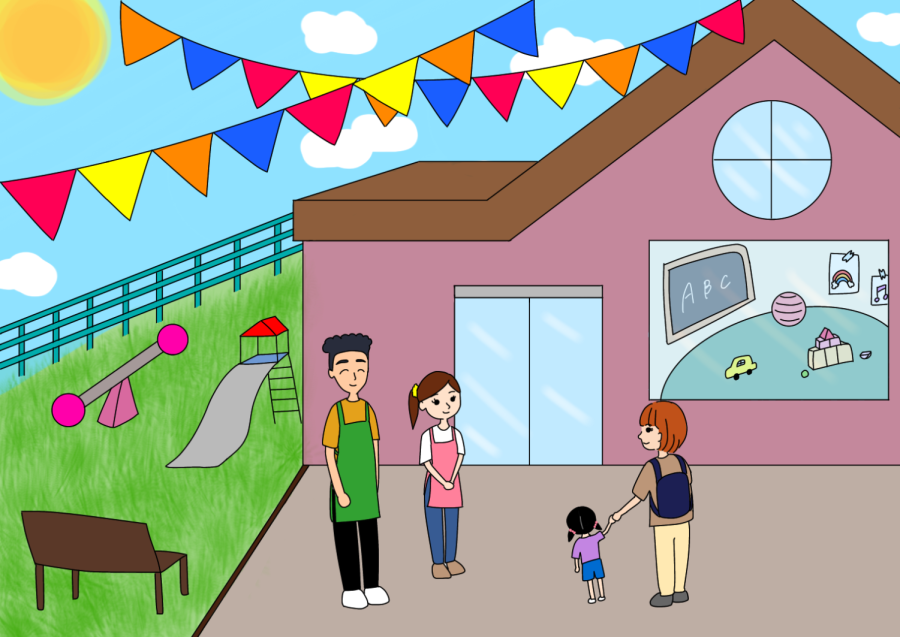One guitar, two jaranas, and two harps were the instruments that were played on Thursday, May 11 in the Haag Recital.
The Grammy-nominated group, ‘Conjunto Hueyapan’ performed and taught the audience about “Son Jarocho,” a folk musical style from the Gulf of Mexico. This style is found specifically in the state of Veracruz.
‘Conjunto Hueyapan’ is a family group that was formed in 1963. During the event, the performers were representing three generations of the Herrera family. Fermín, a Cal State University of Northridge professor and his two sons, Xocoyotzin, Maotecuhzomah, his daughter, Xilomen, and his grandson Maxtlan delighted the audience with their music.
Fermín said they play “Sones,” which are not songs because they are different.
“A song is a composition for the voice, it does not really require instrumentation because a song can be sung to Capella,” Fermín said. “The ‘Son’ is a composition for regional instruments such as those we played today and for our voice, too.”
Fermín taught the audience about some of the instruments that they played during this event, which was part of the celebration of Chicano culture.
The first instrument that he presented was the jarana, which has the shape of a guitar but is not “a guitarrita” (little guitar). This instrument has eight strips and its size is small, which sometimes gets confused with a ukulele.
He said the guitar is played at a faster pace and it is accompanied by the jarana.
The last instrument he presented was the Harp, which has 36 strings. This instrument is played with the ring finger to start and ends with the thumb. It’s played in a fast-paced fashion.
Spanish professor Argelia Andrade and her dance partner, Nasario Vasquez joined Conjunto Hueyapan with a dance called, “Zapateado,” where the feet are the most used of the body. This Mexican-style dance is similar to the tap dance.
Andrade is the director of “Nuestras Raíces,” a folkloric dance group, and she has been dancing for 35 years, including 20 years with this group.
“What I like the most about dancing and performing is the fact that students can learn about meaningful things from Mexico and not what they see on the news,” Andrade said.
Some of the students like Karina Perez, 18, chicano studies major, enjoyed the event because she is currently studying to dance to this type of music.
“I really liked it because I think that is important to have these types of events on campus to show our Chicano culture,” Perez said.
Lonnre Wade, 26, engineering major, on the other hand, heard about the show from his Spanish class.
“My Spanish professor brought the entire class to the event,” Wade said. “I like (the show) a lot. They were super skilled and I didn’t expect them to be that good.”
Andrade said she feels like the dancing and music is universal.
“I’m Chicana, but I don’t have to be (Chicana) to admire this beautiful culture,” Andrade said. “I can appreciate the Japanese dances and I’m not Japanese, so I think that Japanese people can admire and enjoy the Mexican dances as well.”






